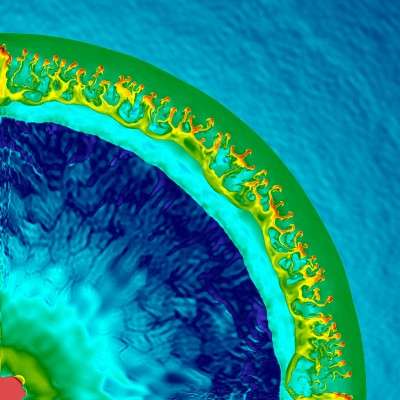The first supernovae

Emitting as much power as a few octillion nuclear warheads and visible to the edge of the universe, supernova explosions signal the violent death of massive, but mysterious stars.
Professor Alexander Heger from the Monash University School of Mathematical Sciences is an expert in these powerful explosions and their progenitor stars. He will share his knowledge in a lecture presented by the Victorian Astronomical Society and hosted by the Monash Centre for Astrophysics (MoCA).
MoCA regularly hosts free talks featuring top astrophysics researchers who explain the mysteries of space to interested members of the public. Audience members are encouraged to ask questions following the talks.
Professor Heger will speak about the first stars to form after the big bang, nearly 14 billion years ago. These stars have never been observed, but were believed to be more massive, than today's stars. Estimates put them at up to hundreds of solar masses - the standard unit of measure in astronomy, based on the mass of our sun.
The talk will cover the evolution of these first stars, their supernovae, and how they synthesized the first heavy elements in the universe.
Professor Heger's expertise was also tapped for a recent article in the prestigious journal Nature, where he detailed advances in knowledge about progenitor stars just before they explode.
"It is these first stars that started the synthesis of heavier elements, including the oxygen we breathe, the calcium in our bones and the iron used to build cars," Professor Heger said.
"The first stars also set the stage leading to the formation of the first galaxies, to the transform the universe from a dark place to the one filled with light that we observe today. The next generation of telescopes may be able to directly observe some of the explosions from these pre-galactic stars."
More information:
www.nature.com/nature/journal/ … 35/full/494046a.html
Provided by Monash University